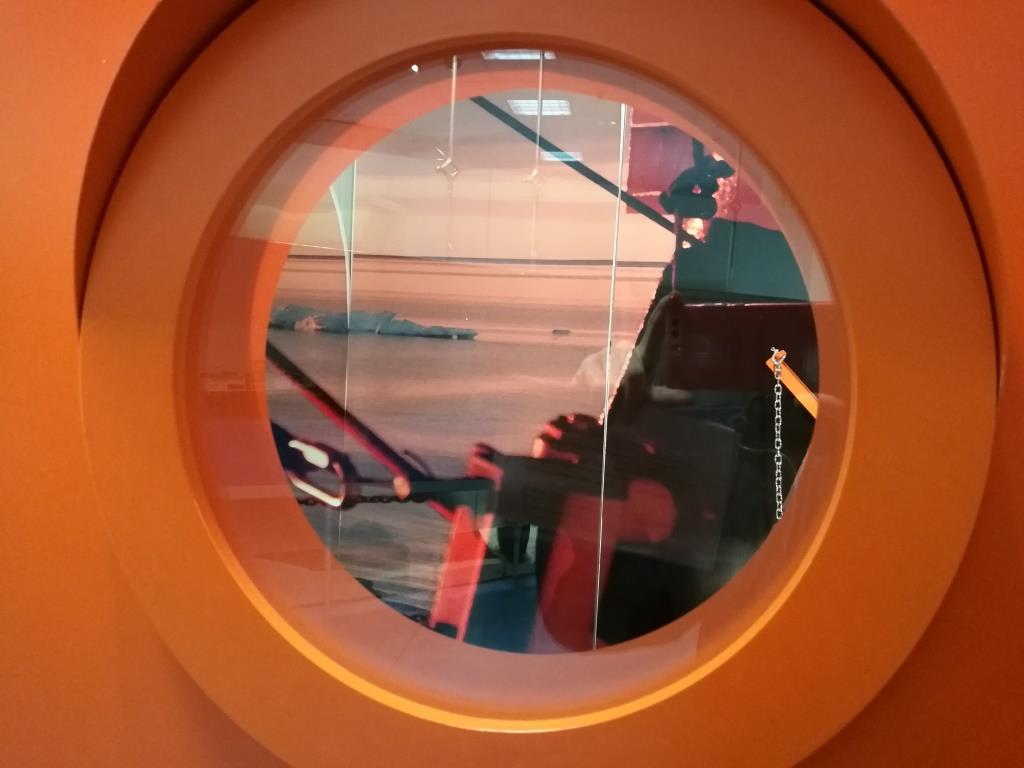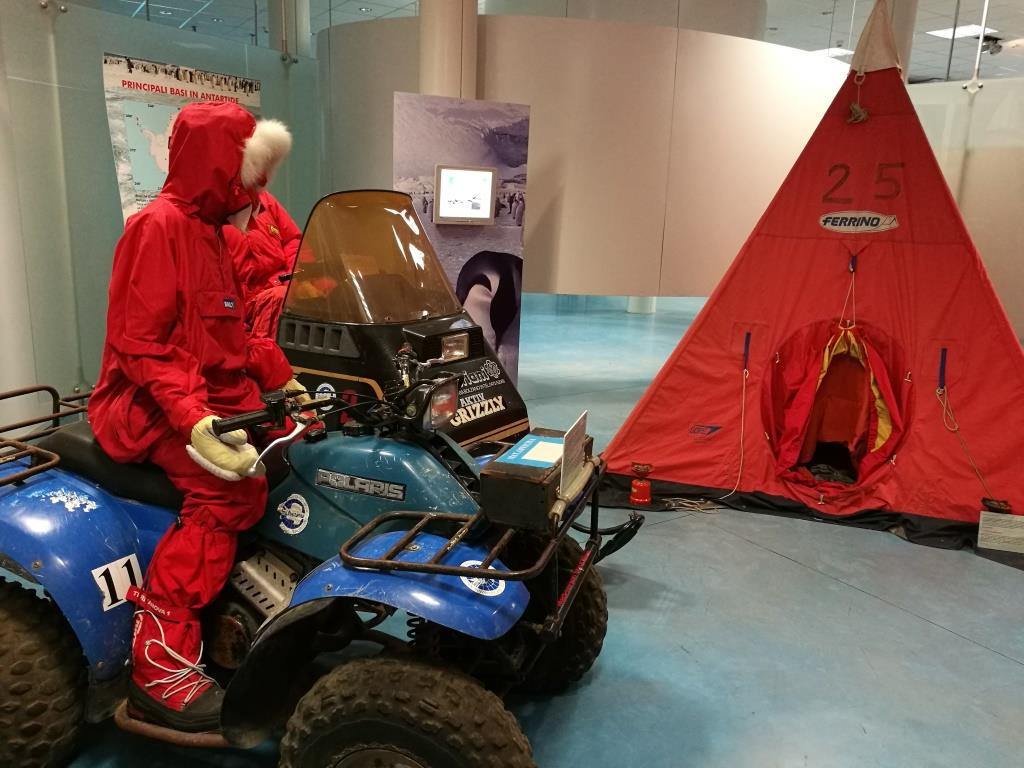

The Trieste Antarctic Museum is located at the St. John park (Parco San Giovanni). At the very entrance the visitor can admire the photographs of the most recognizable inhabitants of the South Pole – penguins. The museum, which was opened in in 2004, keeps mostly the historical part of the famous expeditions to the white continent, the old maps, but also such accessories as compasses, thermometers, and other equipment.
Among the artefacts exhibited in the museum are also vehicles, e.g. motor sledges used by the Italian researchers on Antarctica during the first expeditions in the 70s of the previous century. The research4ers from Triste participated at those expeditions from the very beginning, explains the researcher who collaborates with the museum, doctor Gianguido Salvi: "In Trieste mostly geological and sedimentologic samples of the sea-bottom samples from the Antarctic region. It is an international collection, which is available and can be studied by the researchers from all parts of the world."
Three researchers who left their mark
In the first part of the Museum the stories of extraordinary feats of three researchers who had left their mark on the research of the South Pole are presented,"namely Ernest Shackleton, Robert Scott and Roald Amundsen, who was the first to reach the South Pole. In one of the rooms a reproduction of the ship Endurance can be seen, trapped into an ice floe. It was Shackleton's ship, and of course that expedition failed, but still earned its place among the legendary expeditions. In winter water freezes into two-metre ice floes, and one of such perforated the researcher's wooden ship with ease. But in spite of the loss of the ship, the extraordinary person managed to walk across the glaciers, and by small boats his team carried on their shoulders manage3d to reach one of the smaller islands in the vicinity of the Antarctic, and thus save his entire crew."
Models of the ships used in the past to reach the white continent are also exhibited in the Museum: "Those were incredible feats. Nowadays large ships are used for research, which are capable of cutting the into the ice, are extremely stable, and can withstand bad storms, and big ocean waves. In the past, the expeditions to Antarctic used smaller wooden ships of 35 to 50 metres. The lifeboats were quite small, and that's the reason a number of accidents had a tragic ending."
A part of the Trieste museum is in the shape of a ship, with all the modern devices which are now used at oceanographic science. A number of didactic activities are being performed as well, with the purpose of introducing the history and diversity of the white continent, and the importance of preserving the nature and the sea especially to young generations.

































































